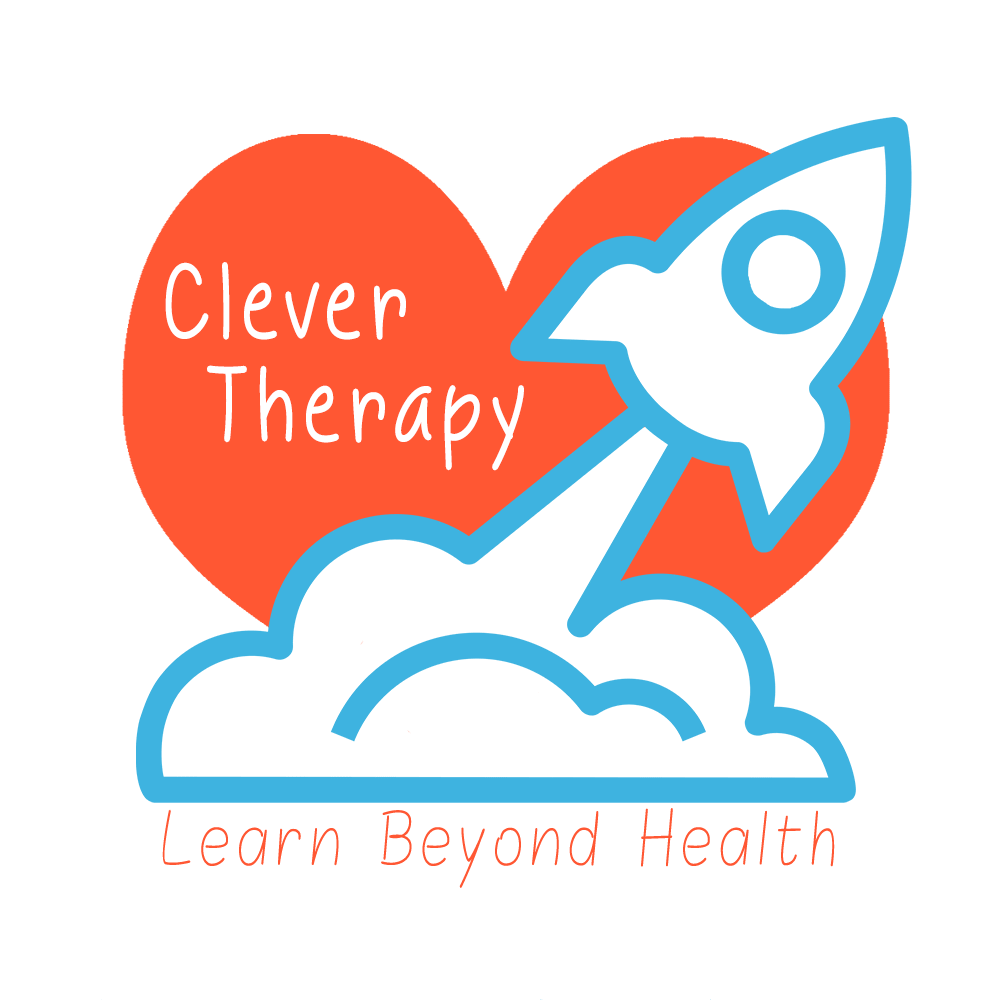Learning the Basics of Dyslexia

What Is Dyslexia?
Dyslexia is a learning disability that affects reading and spelling. It is a neurological disorder that can be found in the brain (Tijms, 2007).
Dyslexia is not a delay in development nor can it be cured (Hudson, High & Al Otaiba, 2007); it is a problem with the recognition of words.
People who have dyslexia have a hard time decoding letter-sound relationships, which cause difficulties in reading. This deficit makes it difficult to connect sounds with letters, thus incapable to decode words.
What Part of the Brain is Affected?
In the brain, there are many different lobes that control different functions (Hudson, High, & Al Otaiba, 2007). Together the different parts of the brain work cooperatively with one another to give the person the ability to read and decode sounds.
A person with dyslexia has decreased communication between the lobes(Hudson, High, & Al Otaiba, 2007).
How is Dyslexia Treated?
Treating Dyslexia has shown to increase the reading skills of students (Bakker, 2006).
To treat dyslexia one must go through intensive intervention to help improve sound recognition and word decoding. By stimulation the two cerebral hemispheres that increase communication between them, leads to the ability to read and recognize sounds.
A balanced model is a type of intervention model that helps improve dyslexia. It starts with learning the phonics of letters and distinguishing between letters such as ‘d’ and ‘b’ and ‘p’ and ‘q’.
Once all the letters and sounds are learned, the skills of recognizing words with the same letters that can product different words are acquired.
For Example, ‘mean, ‘mane’ and ‘name’ can be spelled with the same four letters in different ways make different meanings. Once the student can recognize the difference, sentences are then made out and the meanings of sentences can play different events such as ‘the cow is on the car’, or ‘the car is on the cow’. Two sentences with the same words produce different implications.
Over time, the nature of reading increase as the student learns to read and distinguish the diverse meanings of sentences. This helps improve the reading ability of the student.
Another method that can be used is: covering one eye and using flashcards with letters written on them having the student sound out that letter which is seen.
This serves to stimulate the different lobes of the brain (the one responsible for visual and verbal memory) causing communication between them and increasing the ability to read and decode words (Bakker, 2006).
These type of activities help the stimulation and activity of the brain causing a higher chance of communication. They help increase the chances of improving dyslexia.
Research has shown that children have increased their reading skills and their ability to decode words through stimulation methods as those mentioned (Bakker, 2006).
Dyslexia is not curable but can be treated to improve the reading process which helps with the self-esteem of children who have dyslexia because they will no longer be embarrassed to read out loud in school or at home. (Hudson, High, & Al Otaiba, 2007).
References:
Bakker, D.J. Treatment of Developmental Dyslexia
Hudson, R.F., High, L., & Al Otaiba, S. Dyslexia and the brain
Tijms, J. The Development of Reading Accuracy
